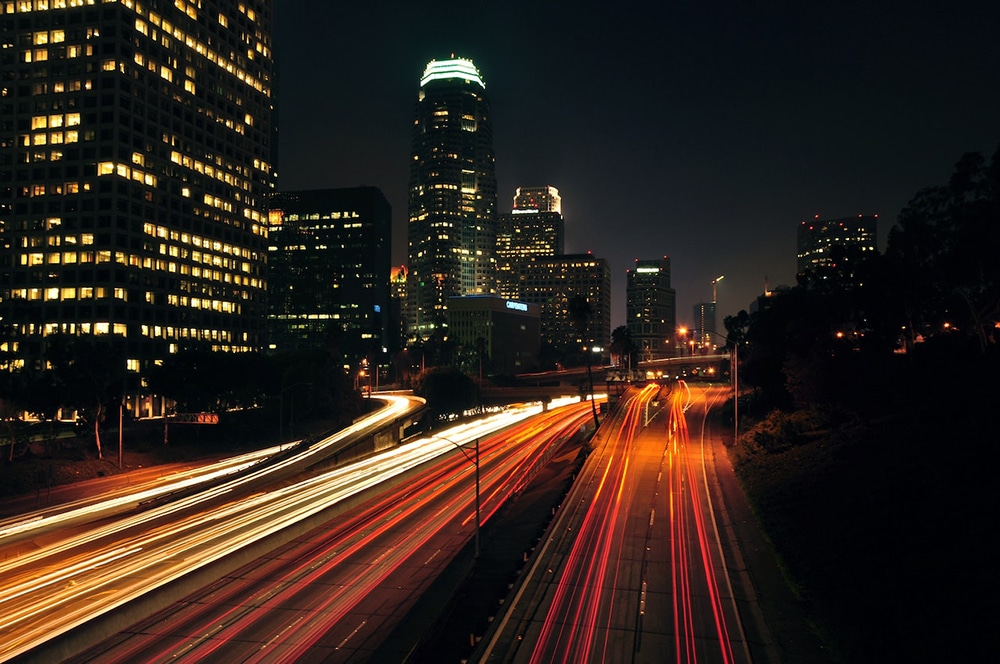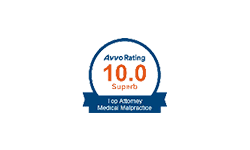Each day, motorists take to Philadelphia’s busy streets with a sense of worry about different types of accidents they may have the misfortune of becoming involved in. One such crash is a lane-change accident.
While new technology that comes equipped on many newer vehicles nowadays has put a dent in the incidence rate of these lane-change crashes, also known as sideswipe accidents, not all cars have this software. Even in some situations where they do, drivers don’t always pay as close attention to it as they should because they are prone to distractions.
Determining fault in lane change incidents is critical to recovering compensation for any property damage, medical bills, lost wages, and any other crash-related expenses you may have incurred. Continue reading, where we’ll discuss proving liability in car accidents like these.
What Causes Lane-Change Accidents To Occur?
A failure to follow the rules of the road is what’s most commonly to blame for lane-changing accidents. Some examples of driving behaviors that fall into this category include:
- Distracted driving, including texting and driving
- Poor judgment in determining when one has adequate space to change lanes
- Alcohol or drug intoxication
- Ineffectively maintaining one’s speed (slowing down or speeding up erratically)
- Failing to signal when switching lanes
- Attempting to merge in from an interstate onboard ramp too quickly
What Affects Determinations of Fault in Lane Change Accidents?
Generally, right-of-way would dictate whether a motorist would be at-fault for a lane-change crash. Thus, the driver who switched lanes without first checking their blind spot, for example, would be the motorist liable for covering any medical bills and other accident-related expenses you sustained. However, there are some exceptions to this rule.
A motorist that did have the right-of-way can legitimately be held liable for a crash. “How?” you might ask. If that right-of-way motorist suddenly speeds up and rear-ends the vehicle merging in, the fault for the crash may shift to them instead.
Can Two Motorists Both Be Responsible for Causing a Lane-Change Crash?
It is possible for two motorists to both contribute to causing a crash and thus to be considered mutually at fault for it. This aligns with how Pennsylvania views fault following a crash anyways. As a no-fault state, blame is generally not cast on any one motorist, but instead, injured motorists are expected to file a claim with their own insurance to seek reimbursement for their medical bills and other crash-related expenses. Motorists are generally only able to recover compensation from the party whose negligence caused the crash when particularly serious injuries resulted from it that exceed personal policy limits.
As for multiple motorists being at fault, this may be the case if both drivers change lanes simultaneously. One motorist may not have checked their blind spot or put on their signal. Another might have passed from right or left when not appropriate per the Pennsylvania passing law. Each motorist could have committed their own errors, resulting in an unanticipated crash.
The Pennsylvania modified comparative negligence rule may apply in situations like the one described above. Per this rule, a crash injury victim is generally eligible to file an insurance claim to recover compensation so long as their percentage of fault for the crash doesn’t exceed that of the other motorist (in other words, it isn’t 51% or higher).
Car accident attorneys like ours at Shrager, Sachs, & Blanco often use some of the following pieces of evidence to build strong claims to keep the degree of fault as low as possible so that our clients can pursue compensation from the other motorist’s insurance company:
- The police report
- Subpoenaed phone records showing texting was happening at the time of the crash
- Witness accounts of what they saw happen
- Surveillance camera or dashcam footage
- Breathalyzer or drug test results
- Photographs of the crash scene and vehicles involved
How To Prevent Lane-Change Accidents
As mentioned above, lane-change accidents are largely preventable if motorists take time to avoid engaging in driver error, such as the following:
- Changing lanes without using their turn signals
- Checking a blind spot before merging in
- Verifying there’s adequate space to merge before doing so
- Maintaining a steady speed without abruptly accelerating to keep a driver from merging in front of you
- Following the rules of the road when passing fellow motorists
- Keeping lane changes to a minimum
Why It’s Helpful To Have an Attorney Handle Your Lane-Change Incident
Proving liability isn’t always easy. It’s instead a skill that lawyers like ours at Shrager, Sachs, & Blanco learned from experience in handling complex car accident cases in Philadelphia like yours. You only have one chance to establish fault that allows you to justify why you deserve compensation. That’s why it’s important that you work with legal counsel when pursuing an insurance claim.
Meeting with a representative from our law firm for an initial consultation to discuss your potential case is completely free. So, contact us to schedule that no-risk, no-obligation conversation today.









